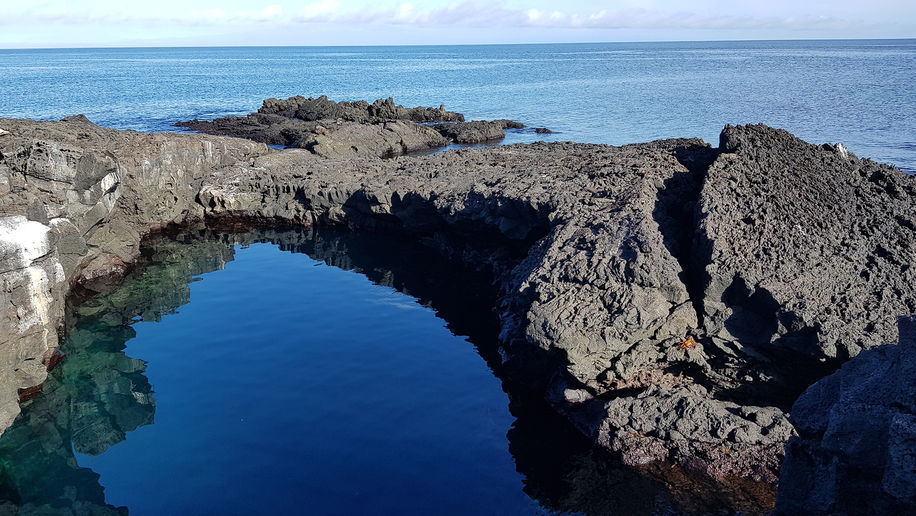


GLOBE
Galapagos Lithosphere–Biosphere experiment to study
the interplay between mantle plume, submarine freshwater, and biodiversity
Project PIs: E. Attias (UTIG), V. Huvenne (NOCS)
Project co-PIs: J. Robidart (NOCS), J. Burns (University of Hawaii), E. Chambers (DIAS),
P. Leon (Charles Darwin Research Station, Galapagos)


The Galapagos Islands (GI) are on top of a compositionally heterogeneous mantle plume. GI presents unique ecosystems of rich biodiversity critical for understanding ecological and evolutionary processes within a highly dynamic geologic setting. The governing paradigm suggests that GI biodiversity is consequent to its remote location, at a confluence of four ocean currents and subjected to upwelling. However, this is a controversial dogma because the currents that converge at GI are iron-limited (a key element for primary production), and other remote volcanic islands do not exhibit GI-equivalent biodiversity. GLOBE aims to study if GI's unique rich ecosystems are driven by localized lithosphere-biosphere interactions, such as mantle plume upwelling, submarine freshwater influx, and marine habitat variability, rather than isolation and converging oceanic currents.


The GLOBE project will use marine EM, seismic, oceanographic, biogeochemical, and molecular genetic methods to study submarine freshwater offshore Galapagos. Our goal is to unveil the mechanism of freshwater transported to the marine environment and its role in the Galapagos’ rich biodiversity. Another fundamental question is the mantle plume’s effect on freshwater bodies’ preferential flow, nutrient/mineral concentrations, and temperature. The Galapagos’ geologic setting makes it the ideal site to study plume–freshwater–biodiversity interactions.

Besides marine EM and seismic nodal instruments, GLOBE also includes AUV and ROV for coral habitat mapping, benthic rock sampling, collecting water samples for geochemical, environmental DNA (eDNA), and gene expression analysis. This diverse data set will help us understand the underlying mechanism that couples submarine freshwater discharges and rich microbial ecosystems.



GLOBE
Cruise location: Galapagos islands
Ship at leg 1: UNOLS
Ship at leg 2: RSS James Cook / Discovery
Seagoing days: 30 (1st leg), 30 (2nd leg)
Months range: TBD
Years: 2026/27

















